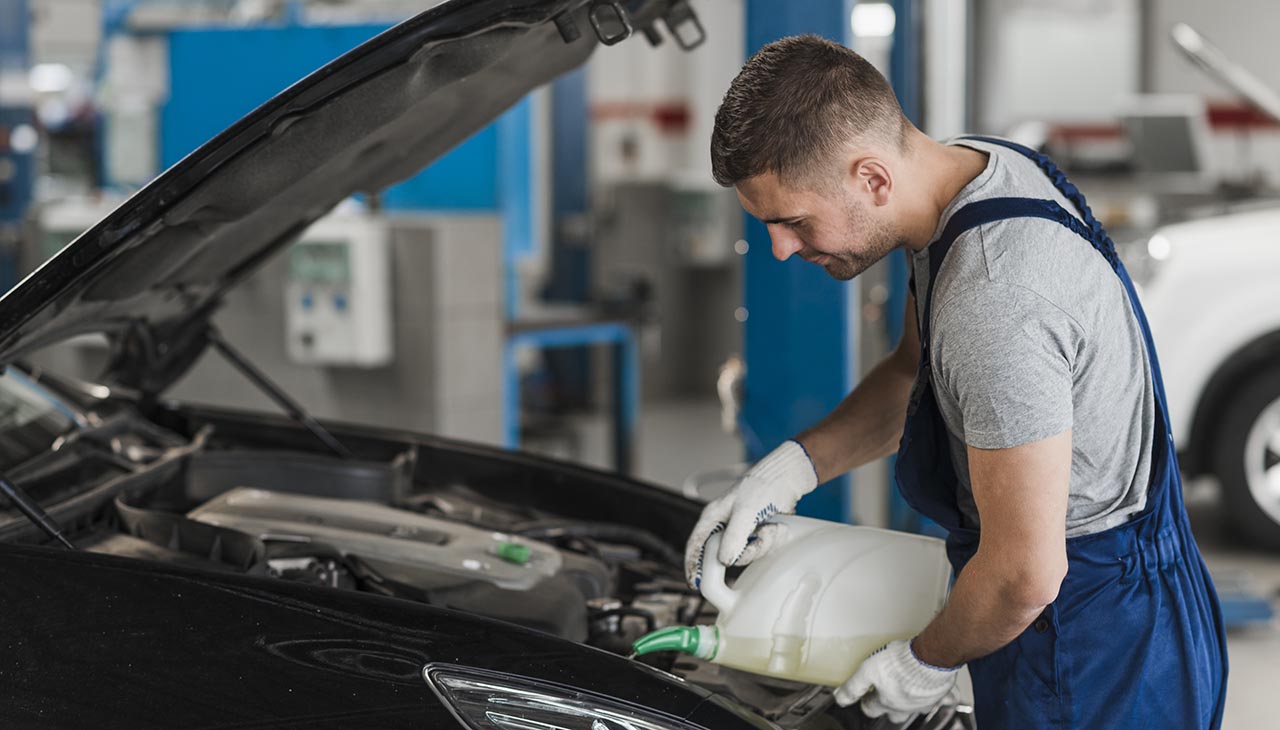Cars, magnificent feats of engineering, have become essential in our daily lives, ferrying us from point A to B with ease and comfort. Yet, like all complex machines, they are prone to occasional hiccups and breakdowns. Understanding common car problems, their symptoms, and ways to troubleshoot them can help save time, reduce stress, and avoid potentially costly repairs. This guide aims to equip car owners with the knowledge to identify and address some of the most frequent issues encountered on the road, ensuring a smoother, safer driving experience.
Engine Issues
Symptoms:
- Strange noises
- Rough idling
- Stalling
Possible Causes:
- Faulty spark plugs
- Fuel system issues
- Ignition problems
Troubleshooting Steps:
- Check spark plugs: Start by examining the spark plugs for any signs of wear or damage. Replace them if they are fouled, worn out, or improperly gapped.
- Inspect fuel system: Look for any clogs in the fuel filter or issues with the fuel pump. Ensure that the fuel injectors are working correctly and are not clogged.
- Test ignition components: Evaluate the ignition coils and distributor (if applicable) for wear or failure. Using a multimeter, check for proper electrical current flow to the ignition system.
Battery Problems
Symptoms:
- Difficulty starting the car
- Dim lights
- Electrical issues
Possible Causes:
- Dead battery
- Faulty alternator
- Corroded terminals
Troubleshooting Steps:
- Test battery voltage: Use a multimeter to measure the voltage across the battery terminals. A healthy battery should have a voltage of about 12.6 volts when the engine is off.
- Check alternator: Ensure the alternator is providing enough power to keep the battery charged. A simple test is to check the brightness of the interior lights before and after revving the engine; they should get brighter if the alternator works correctly.
- Clean terminals: Inspect the battery terminals for corrosion, which can impede the battery’s ability to charge. Cleaning the terminals with a mixture of baking soda and water can help restore a proper connection.
Brake Troubles
Symptoms:
- Squeaking or grinding noises
- Spongy brake pedal
- Vibration
Possible Causes:
- Worn brake pads
- Brake fluid leak
- Rotor issues
Troubleshooting Steps:
- Inspect brake pads: Begin by checking the thickness of the brake pads. If they are worn down to less than a quarter of an inch, they need to be replaced.
- Check for leaks: Examine the brake lines and around the brake calipers for any signs of leaking brake fluid. A leak could lead to air entering the system, causing a spongy brake pedal.
- Examine rotors: Look at the surface of the brake rotors. If they are significantly worn or have deep grooves, they may need to be replaced or resurfaced to ensure a smooth braking surface.
Overheating
Symptoms:
- High temperature gauge reading
- Steam coming from under the hood
- Loss of coolant
Possible Causes:
- Coolant leak
- Faulty thermostat
- Issues with the radiator
Troubleshooting Steps:
- Check coolant levels: Start by ensuring the coolant reservoir is at the correct level. Low coolant can lead to overheating and should be topped up to the manufacturer’s recommended level.
- Inspect hoses: Look for any signs of coolant leaks along the hoses connecting to the radiator. Cracks, holes, or loose connections can result in coolant loss and overheating.
- Test thermostat: The thermostat regulates the flow of coolant through the engine. If it’s stuck closed, the coolant can’t circulate properly, causing the engine to overheat. Testing or replacing a faulty thermostat may resolve the issue.
Electrical Problems
Symptoms:
- Malfunctioning lights
- Power windows not working
- Dashboard issues
Possible Causes:
- Blown fuses
- Wiring issues
- Faulty switches
Troubleshooting Steps:
- Check fuses: Begin by examining the car’s fuse box for any blown fuses. These are often the culprit behind malfunctioning electrical components. Replace any blown fuses with ones of the correct amperage.
- Inspect wiring: Look for any obvious signs of damaged, exposed, or loose wires under the dashboard and around the affected components. Secure any loose connections and replace damaged wires as needed.
Test switches: If the fuses and wiring are in good condition, the issue might be with the switches themselves. Use a multimeter to check for continuity in the switches controlling the problematic components. Replace any switches that fail this test.

